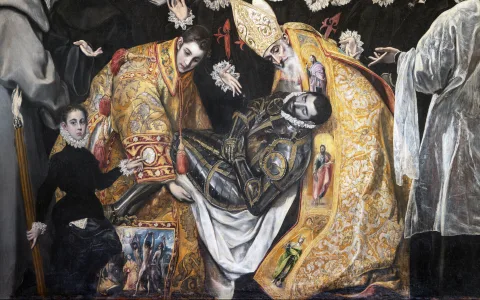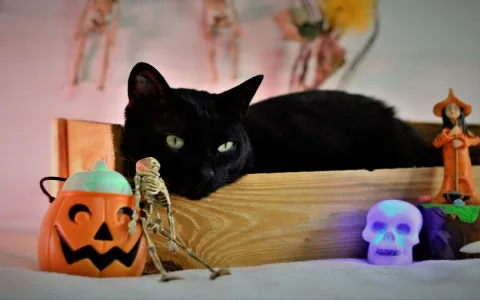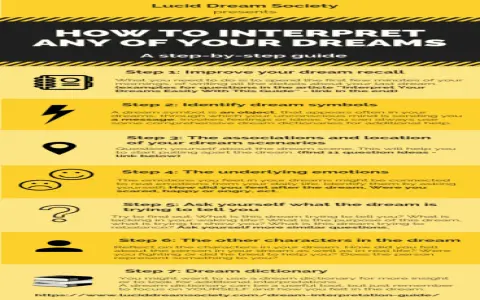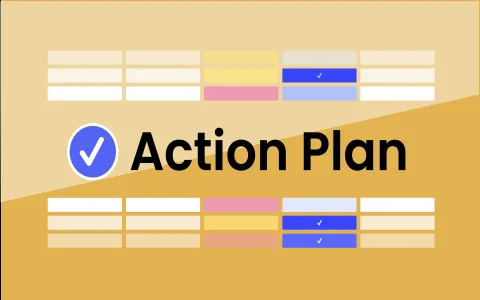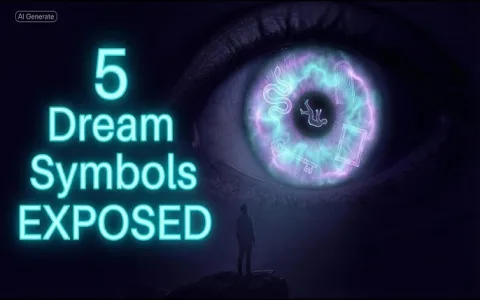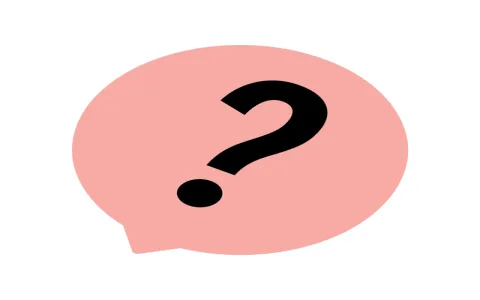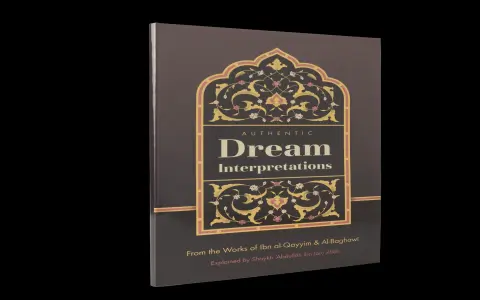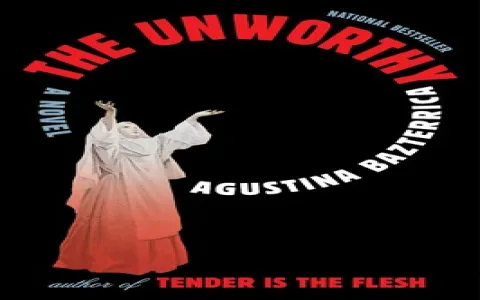The Starting Point: Why My Head Felt Like a Rental Storage Unit
I’m not a textbook guy, never have been. I always have to crash into things headfirst to figure out how they work. For years, I just let my subconscious run wild, treating my dreams like annoying background noise. But lately, things got heavy. I was dragging serious emotional weight around, and I knew it was all packed up somewhere I couldn’t see. It wasn’t just stress; it was baggage.
I started logging everything. Not just the narrative of the dreams, which is always useless nonsense—flying monkeys and missing teeth—but the feeling those dreams left me with. The specific dread, the sudden relief, the gnawing regret. I didn’t know what I was looking for, but I knew the raw data was there, jammed into some dark corner of my mind.
I spent maybe three solid months just scribbling, trying to categorize the persistent themes. Running away. Being unable to speak. Searching for a room I couldn’t find. It was a complete disaster, a pile of spiritual junk mail that I couldn’t throw away.

The Eureka Moment: Defining the “Dream Interpretation Suitcase”
Then, one morning, it hit me. These feelings, these heavy recurring themes, weren’t random items scattered across a dusty attic floor. They were neatly, if aggressively, organized. They were packed. They were ready for a journey I wasn’t taking.
That’s when I conceptualized the Suitcase. I wasn’t interested in figuring out what the dream meant as much as figuring out what my mind had decided was necessary to carry into the future. The Suitcase became my operational metaphor. It represented all the unprocessed, weighty elements of my past that I was still hauling around in my daily life. It was heavy, and it usually had a faulty lock, threatening to spill open at the worst possible moment.
My first practical step was identifying the hardware. I decided the Suitcase itself was made of reinforced denial and had stickers from every unresolved conflict I’d ever been through. It was ugly, but it was mine.
The real work began when I forced the lock. This wasn’t gentle introspection; it was a psychological break-in. I chose the five most frequently recurring, emotionally charged motifs from my months of logging and declared them the “core contents” of the Suitcase. I actively pulled them out, one by one, giving them specific labels. This wasn’t about academic symbols; this was about making my own symbols practical.
Unpacking the 5 Hidden Symbols: The Inventory List
I tracked each item’s emotional echo into my waking life. What feeling did it generate? How often did it pop up in small anxieties during the day? I compiled a manifest, and these were the five items that consistently added the most weight to my mental load:
- The Waterlogged Map (Direction): This symbol kept showing up as the feeling of being utterly lost or driving down a road that suddenly disappeared. I realized this wasn’t about travel; it was pure anxiety about my career trajectory and fear of not having a clear “next step.” I was carrying the burden of an unwritten future. I defined it as my lack of purpose.
- The Key with No Lock (Opportunity): Dreams where I held a key but couldn’t find the door, or found a lock but the key didn’t fit. This wasn’t about secrets. It was about perceived missed opportunities and my deep-seated worry that I was always holding the right solution at the wrong time. I labeled this item as my ‘What If’ paralysis.
- The Unfinished Letter (Communication): This was the feeling of desperately needing to tell someone something important but losing my voice or the paper dissolving. It spoke directly to conversations I had shut down or emotional debts I hadn’t paid. I identified it as unresolved guilt and resentment toward a specific person.
- The Heavy, Mud-Caked Boot (Stagnation): I kept dreaming of trying to run but feeling weighted down, like I was moving through thick mud. This was pure resistance. The subconscious mind yelling that I was stuck in routines that no longer served me. The boot was the weight of inertia. I recognized this as my fear of significant change.
- The Cracked Mirror (Self-Perception): Anytime a mirror showed up, it was dirty, cracked, or reflected someone slightly distorted. I initially thought it was vanity, but I realized it was my deep-seated need for external validation and my inability to see my own worth clearly. The mirror was the critical eye of others, packed firmly inside. I designated this as my insecurity blueprint.
The Realization: Zipping It Up and Carrying Lighter
The practice wasn’t about getting rid of the suitcase—you always have one; you’re always going somewhere. The breakthrough came when I stopped denying the contents. By naming these five heavy, recurring symbols, I stripped them of their vague, terrifying power.
Knowing that the “Mud-Caked Boot” (stagnation) was in the bag, I could take conscious action in the real world to change routines. When the “Unfinished Letter” (guilt) appeared, I knew exactly which real-life person I needed to either forgive or apologize to. The system became a practical alarm clock, not a mystical puzzle.
What I learned is that dream interpretation, for me, isn’t about finding some universal definition; it’s about building your own damn legend. I created the Suitcase, defined its contents, and now, when the familiar weight settles in my chest, I know exactly which one of those five items I need to pull out, dust off, and deal with. It changed everything, turning paralyzing anxiety into actionable inventory management. I still carry the suitcase, but now I know exactly what’s inside, and that makes all the difference.

